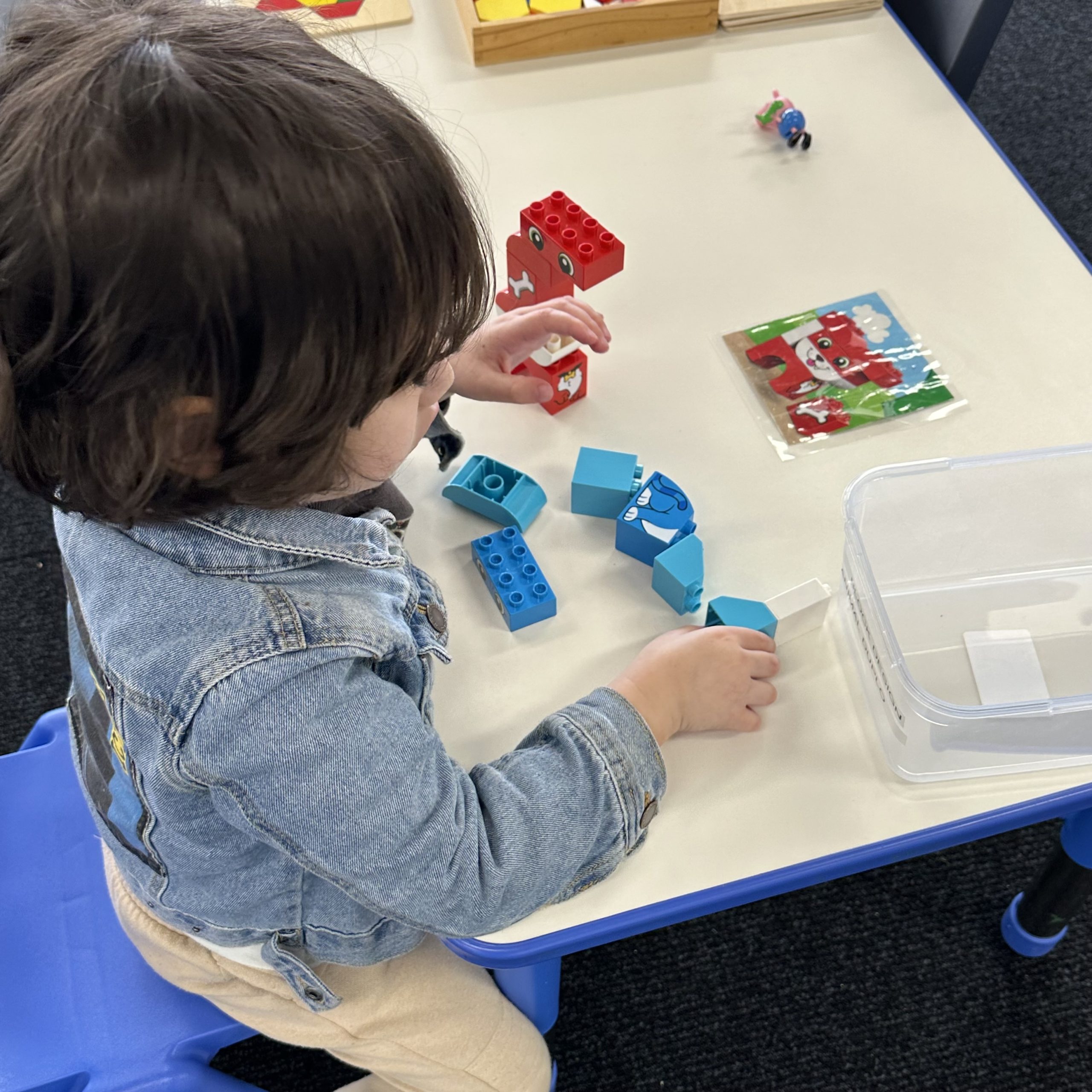
Stimming, short for self-stimulatory behavior, is a common behaviour in young children with autism. It involves repetitive movements, sounds, or activities that help children regulate their emotions and cope with their environment. Understanding stimming can help parents, caregivers, and teachers better support children with autism.
What Does It Look Like
Stimming can take many forms. Some common types include:
Repetitive Movements: This includes hand-flapping, rocking back and forth, spinning, or jumping.
Sounds and Vocalisations: Some children make repetitive sounds, such as humming, repeating words or phrases, or making other noises.
Visual Stimming: This involves activities like staring at spinning objects, watching moving lights, or waving fingers in front of their eyes.
Tactile Stimming: Children might touch or rub certain textures repeatedly, such as feeling soft fabrics or tapping on surfaces.
Other Behaviours: Other forms of stimming can include smelling objects, chewing on items, or arranging toys in a specific order.
Why Children with Autism Stim
Self-Regulation: It helps children manage their emotions and cope with stress or anxiety. It can be calming and soothing, helping them feel more in control.
Sensory Input: Children with autism often have different sensory needs. Stimming provides the sensory input they crave, helping them feel more comfortable in their environment.
Expression: Since some children with autism struggle with communication, so it can be a way to express their feelings. It can show excitement, frustration, or happiness.
Routine and Predictability: Repetitive behaviours can make the world feel more predictable for children with autism. This sense of routine can reduce anxiety and provide comfort.
Understanding Stimming
This is a natural part of many children’s lives, not just those with autism. However, it is more pronounced in children with autism and serves a specific purpose for them.
When to Be Concerned
While stimming is generally harmless, there are times when it can be concerning:
Self-Injury: If it includes harmful behaviours like hitting their head, biting, or scratching themselves, it’s important to seek help.
Interference with Daily Life: If stimming prevents a child from participating in everyday activities or learning, it might be helpful to find ways to manage it.
Social Impact: If stimming behaviours make it hard for a child to interact with others or if they are being teased, it might be useful to teach them more socially acceptable ways to stim.
How to Support a Child Who Stims
Create a Safe Environment: Ensure that the child’s environment is safe for stimming. Remove any objects that could cause harm during stimming activities.
Identify Triggers: Pay attention to what triggers stimming. Understanding the cause can help manage the behaviour. For example, if loud noises trigger it, finding quieter spaces might help.
Provide Alternatives: Offer alternative activities that provide similar sensory input. For example, if a child likes to flap their hands, they might enjoy playing with a sensory toy instead.
Teach Coping Skills: Help the child learn other ways to cope with their emotions. This can include deep breathing, using a stress ball, or finding a quiet place to relax.
Respect Their Needs: Recognise that stimming is a way for children with autism to cope with their environment. Respect their need to stim and provide support without trying to stop the behavior entirely.
Seeking Professional Help
If stimming is causing significant problems, consider seeking help from a professional. Therapists, such as occupational therapists or behaviour therapists, can offer strategies to manage it effectively.
Conclusion
Stimming is a common behaviour in young children with autism that helps them manage their emotions and sensory needs. While it is usually harmless, it’s important to support children in safe and effective ways. By understanding and respecting stimming, parents and caregivers can help children with autism feel more comfortable and secure in their environment.
We’re here to support you
At OneOnOne Children’s Therapy, we believe that every child deserves the opportunity to grow and thrive.
Our clinics are not just a space for therapy – it’s a place where children can discover their strengths, overcome challenges, and reach their full potential.
By combining innovative therapy techniques with a stimulating and supportive environment, we’re proud to offer a holistic approach to paediatric therapy and early intervention that addresses the unique needs of each child we support.
Reach out for support
If you’re concerned about your child’s stimming or want to learn more about how to support your child who stims, OneOnOne Children’s Therapy is here to help. We have clinics in Bondi Junction and Mascot – in Sydney’s Eastern suburbs.
Call us on (02) 80657837 or email to discuss how we can support your child’s unique journey.
